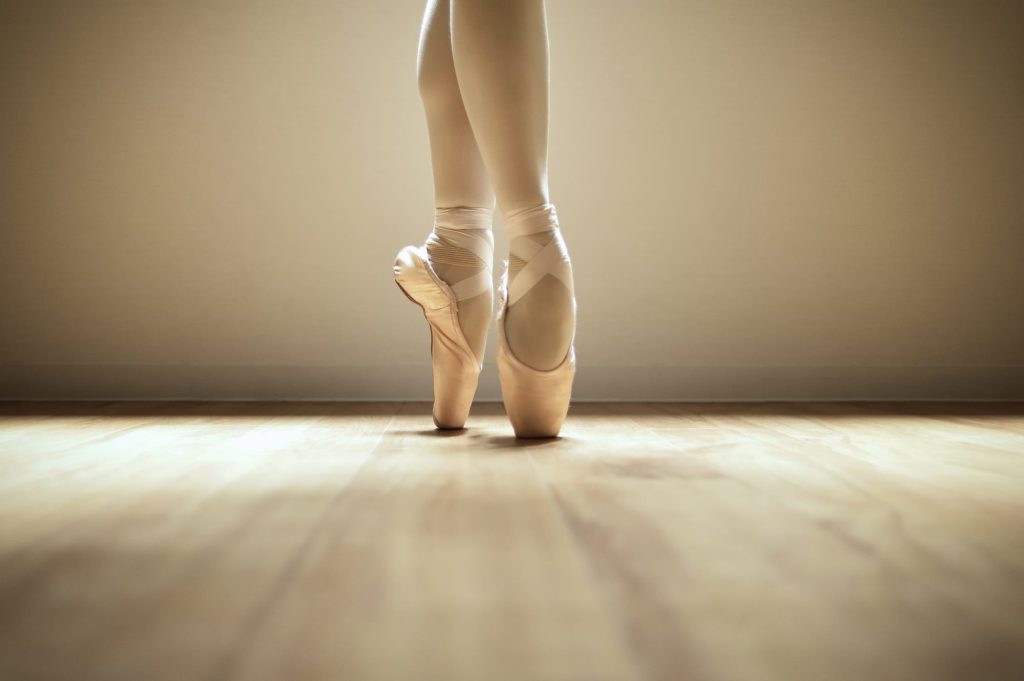There are many possible causes for Sickled Feet that are also referred to as “Ballet dancer feet”. The bones’ structure in the feet, as well as their features along with the mechanics, may be passed down through the generations. There are other external factors that be contributing factors to Sickled Feet. Certain of them may surprise you.
Sickled Feet Causes
One of the main causes of sickle feet is genetic. The shape and the way the foot’s arch is shaped can be passed down from generation to generation. For instance, athletes who have more arch are likely to be more susceptible to developing Sickled Feet than other runners.
Some examples of genetic (inherited) characteristics that may affect supination as well as sickled feet include stability of the ankle’s length, width, and even possible variations in the length of legs.
The same applies to dancers, but more so for those who have lower backs as well as an arch in the lower back.
Sickled feet aren’t an indication of health. It is a symptom of an unnatural foot position that could lead to an ankle injury, tendonitis and injuries.
If a dancer’s feet are sick, the toes turn upwards, and the heel falls back. This is a distortion of the visual line that runs straight down the dancer’s shin as well as throughout into the feet.
Sickled Feet Other Possible Causes
The condition can also be caused by faulty footwear, and even the style of your shoes may impact your feet. A shoe that is designed well, for instance, would offer enough support to the soft tissues of the feet.
Be aware that your feet aren’t flat, they are curved and have an angular curvature. The special footwear can shield your feet from the force of flat, hard surfaces. Specific shoe designs designed for certain sports like climbing, running walking, dancing, and walking can offer the necessary support for the arch.
Examples include walking, running, or jumping, among others. When specific parts of a body are in alignment, the other body parts are affected and have to work harder to keep the proper posture and balance.
How to prevent sickled feet?
Although some dancers may have feet that are stiff or that are prone to shiver the early intervention and correct training can make a huge difference. Here’s what experts say.
Get a physical therapist involved.
If a ballet instructor or parent is concerned that a dancer’s feet seem to be sick, Bariteau recommends finding a physical therapist with experience treating dancers.
“For children who are beginning to dance, a physical therapy that works alongside dancers can be able to detect subtle changes that may indicate a problem earlier and aid in correcting habits,” he says. “That early intervention will aid in preventing injuries to the ankle. This is vital in preventing the development of pathology.”
Receive personal guidance
Arnold is adamant about the need for one-on-one intervention. “If you’re getting the same treatment in class or getting wounded in the same manner it’s time to get individualized instruction by a ballet instructor or physical therapist,” Arnold says.
While individual ballet lessons may be expensive, just only a couple of lessons could suffice to bring attention to the issue and teach exercises to correct the issue.
To help develop proprioception Arnold suggests the following steps to dancers:
- Place your feet on the floor and keep your legs extended in front of you.
- Shut your eyes and stretch your feet and then slowly point your toes.
- When your toes are pointed, look up and look at the way your feet are pointed.
There are times when dancers are suffering from a sickle or having their feet rolled out from the ankles. Repetition of the exercise can assist dancers to be aware of what the proper posture is like.




Comments are closed.